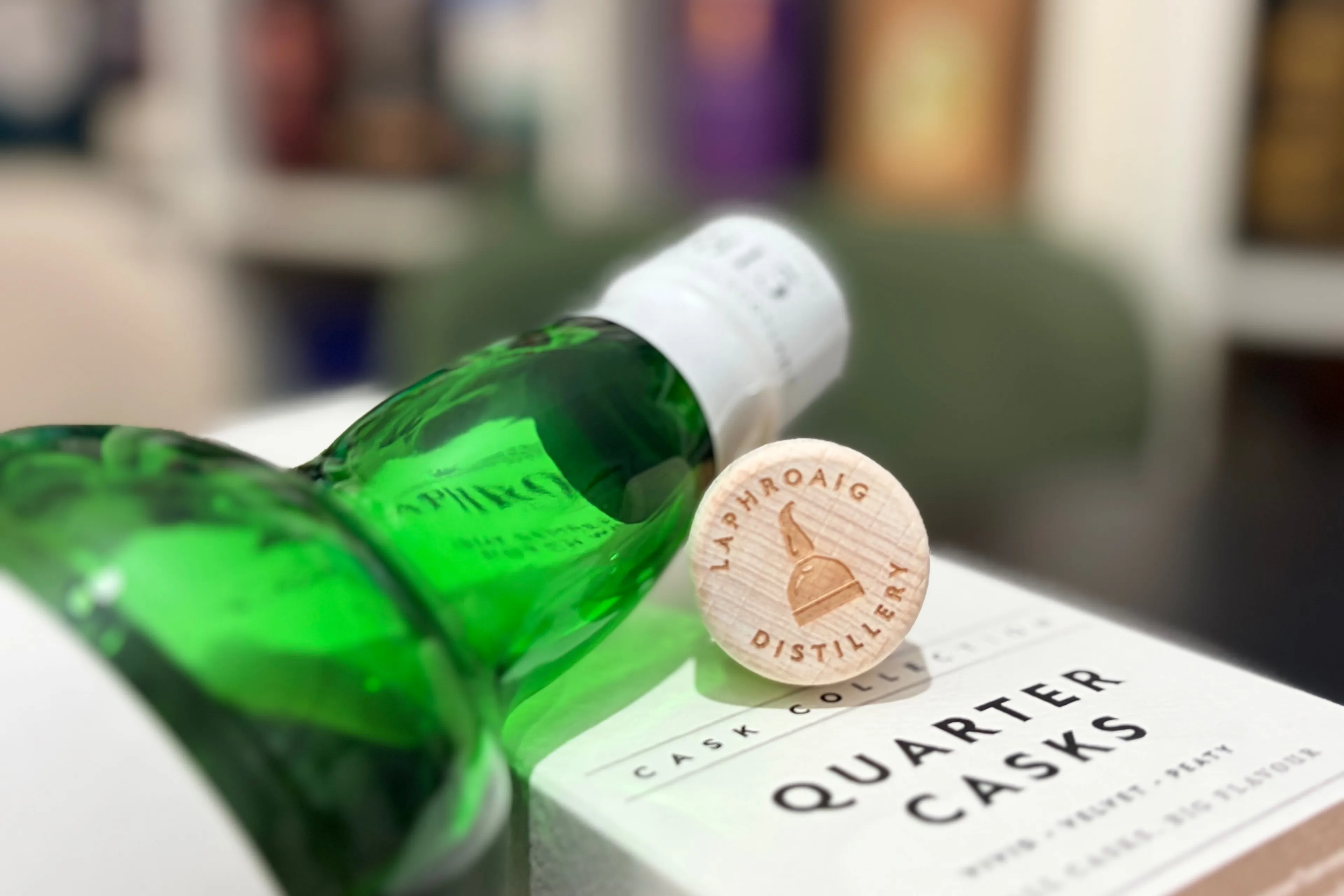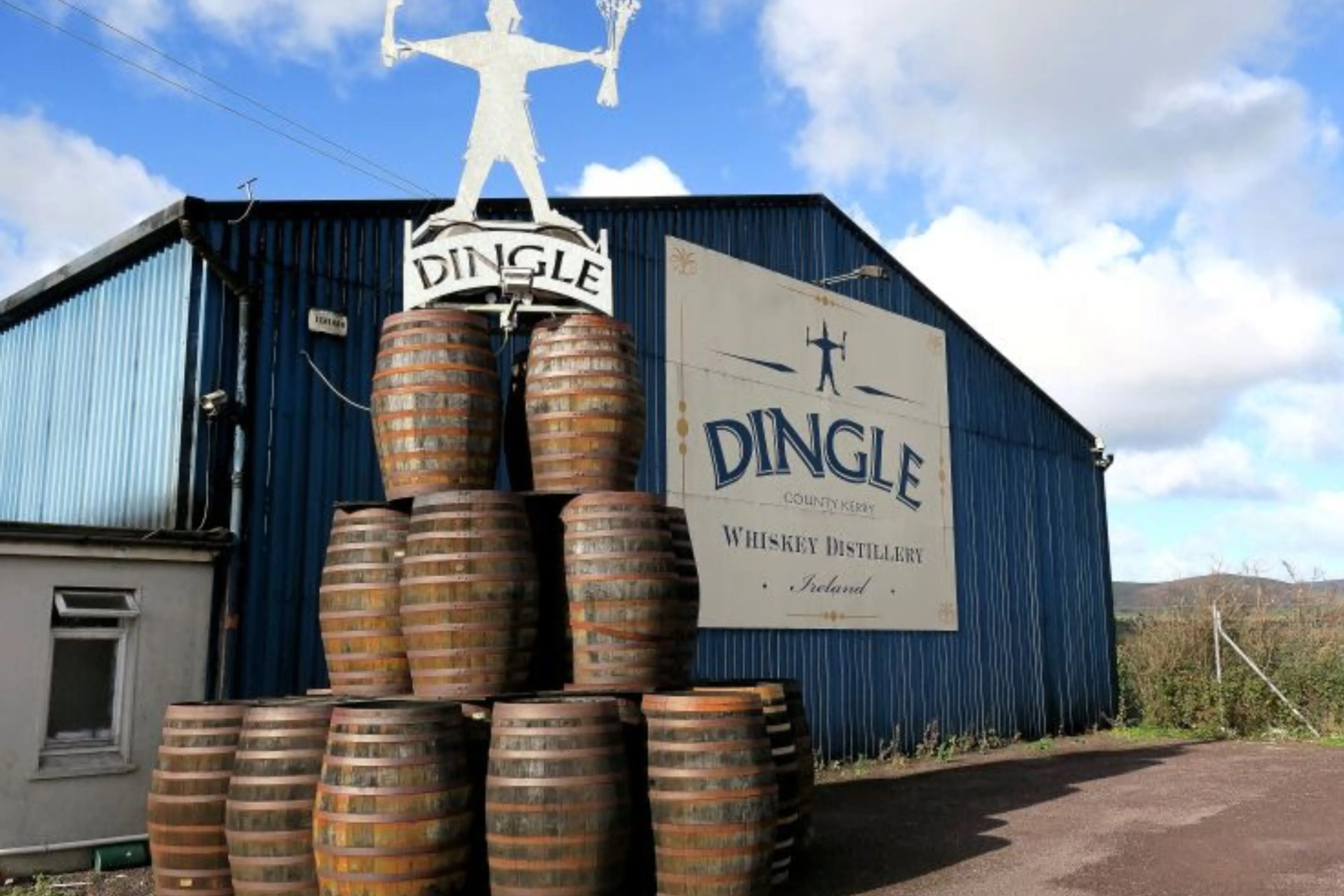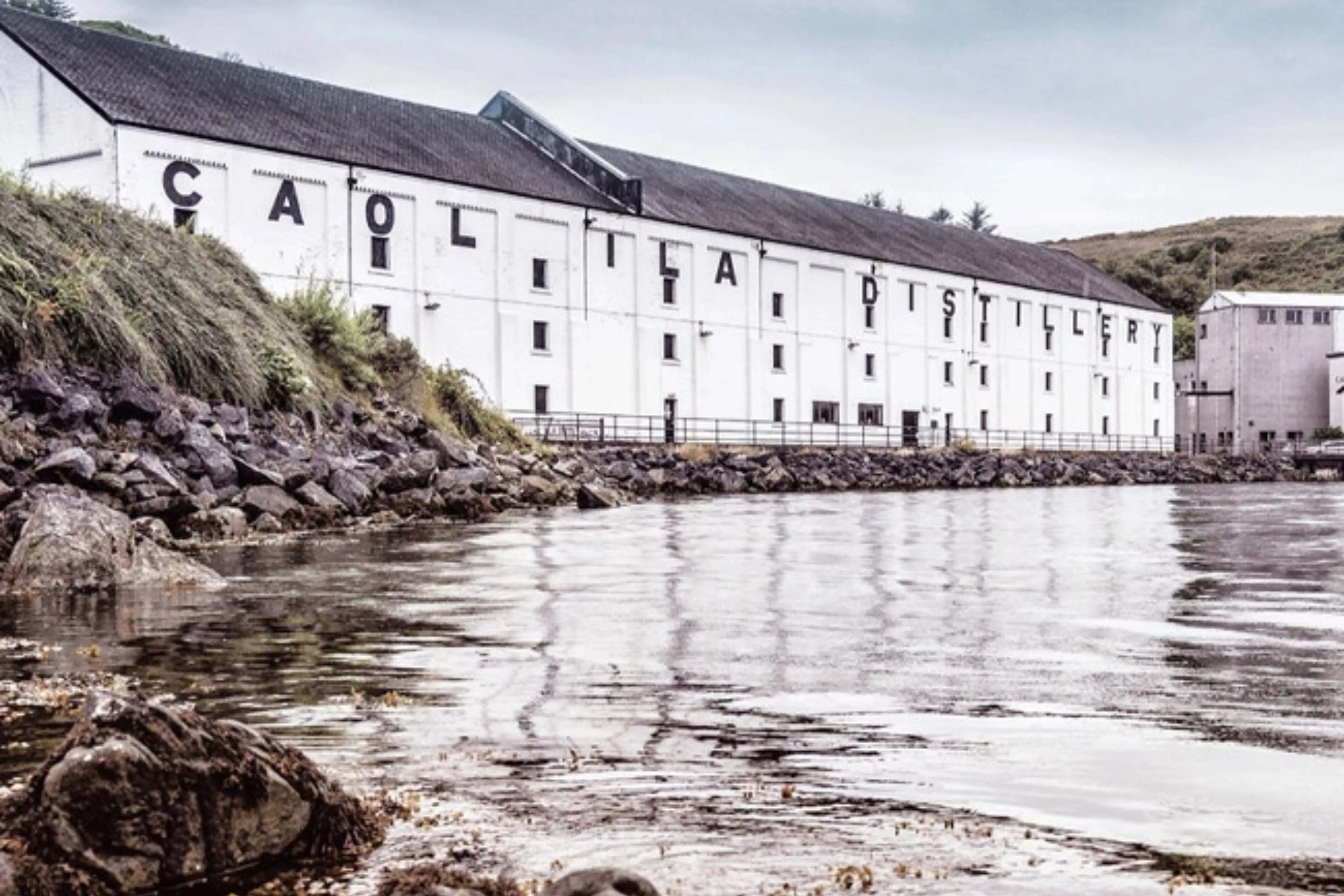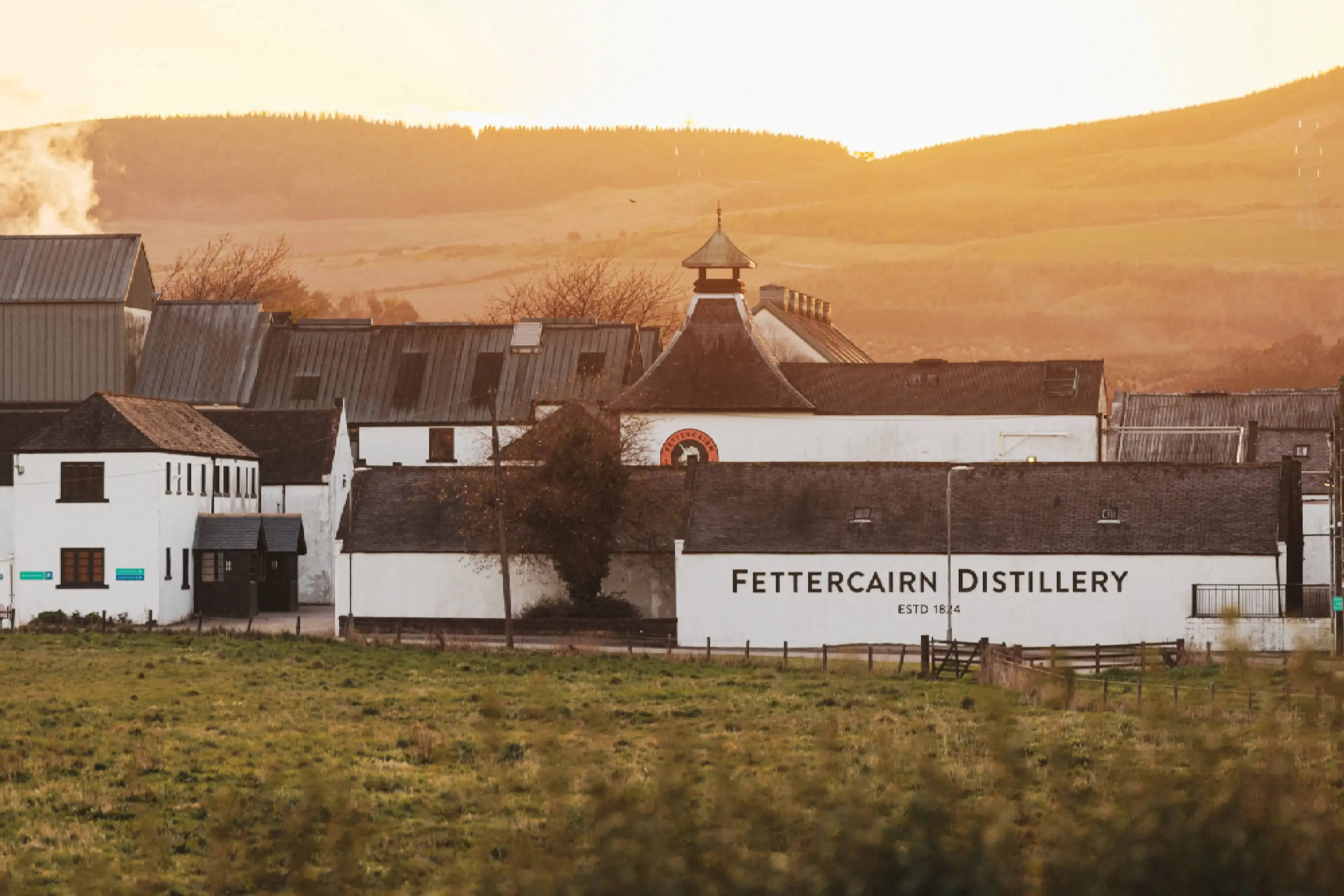Distillery Thursday: Laphroaig — Peat, Water, Whisky—and a Neighborly Feud
SectionsThursday, 23 October 2025 at 14:43
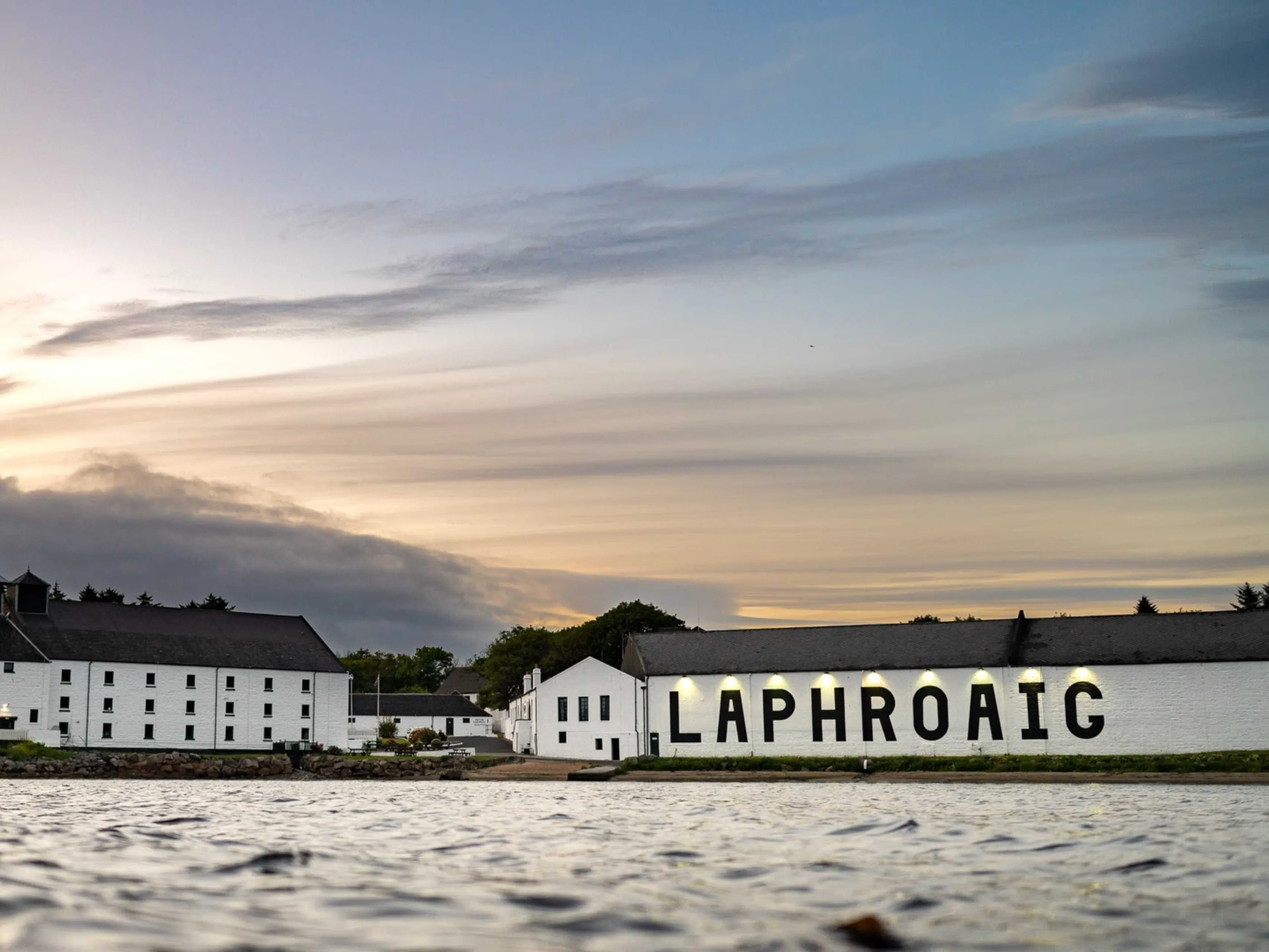
This week we’re crossing the water to Scotland. For this Distillery Thursday we’re taking a closer look at one of Scotland’s better-known distilleries: Laphroaig. The story of this iconic operation takes us back to a time of peat, cattle, neighborhood feuds, and whisky.
An illegal beginning?
Whisky has been distilled on the Scottish island of Islay for centuries. It began long ago with small-time distillers making the water of life illegally, much to the authorities’ frustration. After several crackdowns on illicit activity, the government decided to relax the rules around producing alcohol.
For distillers, this was the chance to step out of the shadows and turn an illicit trade into a legitimate business. That’s where the story of the Laphroaig Distillery begins. Donald and Alexander Johnston leased a large plot from the Islay landowner, where they kept cattle. They grew their own barley as winter feed, but they always had plenty left over. Thanks to the new regulations, they could finally (legally) set to work on their own distillery on the island’s south coast.
The Johnstons used their own barley, grown in peat-rich soil, to make their whisky. The water came from the Kilbride, a tributary of the Surnaig River that carries seawater inland. The ground lends the water a gentle touch of peat.
Read also
Farewells
Pick up any random bottle of Laphroaig and you’ll get a sense of the year we’ve arrived at: 1815. That’s when the Islay distillery officially opened its doors. But we’re only at the beginning of the tale.
Donald and Alexander each had a different vision for the distillery. In the end, Donald bought out his brother for £350 and continued Laphroaig on his own. Things went smoothly for about 30 years, until the owner’s death in 1847. Johnston’s friends and family took over the Islay distillery.
In the years that followed, Laphroaig grew steadily—until a luxurious problem arose at the end of the 19th century: whisky’s massive popularity meant so much Laphroaig was being bought for blends that shortages emerged. One of the biggest buyers was the distillery’s neighbor, Mackie and Co.
A neighborly feud
Because of the shortages, Laphroaig had to scale back what it supplied to this merchant, causing serious friction. Eventually the relationship soured so badly that trouble flared on all sides. Peter Mackie, the owner of Mackie and Co., even tried to sabotage the distillery by cutting off the river’s water supply. A judge had to step in to restore the flow of water to the distillery.
Mackie didn’t give up, but chose a different way to thwart Laphroaig. He approached the distillery’s head brewer and ultimately poached him to launch his own whisky brand. He even built an exact replica of Laphroaig’s still in an attempt to copy the whisky. It was a venture in which Mackie and his new brewer failed spectacularly.
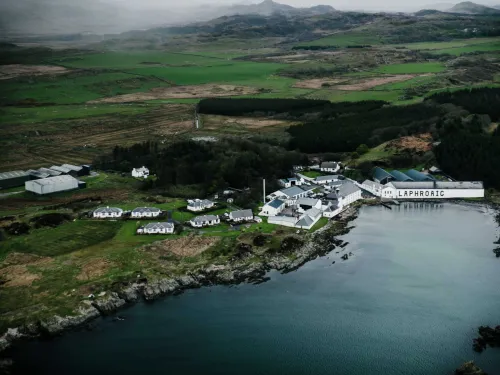
The Laphroaig Distillery from above - Photo: Laphroaig
A time for change
Still, it created a challenge for Laphroaig: they now needed a new head brewer. Fortunately, someone was eager to step into the role—Ian Hunter. He was the last of the Johnston family and the man behind a radical decision.
Hunter embarked on a major expansion. First, he ensured that the land, still leased until then, became the distillery’s property. He then doubled Laphroaig’s capacity with exact copies of the existing wash stills and spirit stills.
Next, he tackled the malting floor. Large windows and fans were installed to bring sea air into the malt. With this change, Laphroaig’s character leapt closer to the Islay whisky we drink today. By then, the brand’s reputation was spreading across Europe, Canada, and even the United States.
But Hunter wasn’t done. He wanted the spirit to mature in ex-bourbon casks and had many more ideas. His views were shared by Bessie Williamson, who took over the distillery in 1954 after Hunter’s death. She became the distillery’s first female owner.
Read also
By Royal Appointment
Eventually, in the 1960s, Williamson decided to sell the distillery to Seager Evans & Co. The company could operate more easily on an international scale and succeeded in putting Laphroaig more firmly on the global map. The Islay brand continued to grow steadily in the years that followed, with various expressions being released.
These also caught the attention of Charles III, then still Prince of the United Kingdom. He visited the distillery in 1994 and immediately granted a Royal Warrant. From that moment on, Laphroaig has been by Royal Appointment.
Another changing of the guard came in 2006. That year, John Campbell became Laphroaig’s Distillery Manager. He carried out the role with passion for the craft, Islay, and whisky for over 16 years, before handing the baton to Barry MacAffer. Campbell himself moved on to the Lowlands distillery Lochlea.
The rise of Malt Boy
MacAffer knows the distillery inside out—he’s been coming there since childhood. He’s also been on the payroll since 2011. His career started on the malting floor, where he quickly earned the nickname “Malt Boy.” After several years of loyal service, he moved up to assistant manager under Campbell, a role he held for six years before taking over from him.
Under Malt Boy’s leadership, Laphroaig’s characterful Islay whisky is still made with water from the Kilbride River. The sea air and peat-rich soil help shape the whisky’s signature flavor, as do the large stills and Laphroaig’s distinctive distilling methods.
To learn more, you can visit the Islay distillery. You’re almost always welcome for a tour and a tasting.
Photo: Laphroaig
Read also
loading
POPULAR NEWS
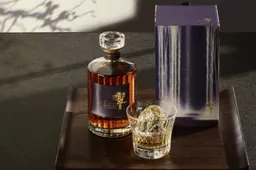
Black Friday 2025 Whiskies at The Whisky Exchange: Don't Miss These Deals
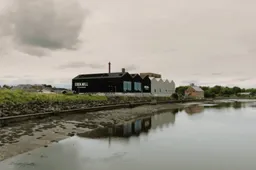
This Brand-New Whisky Distillery Was In Serious Trouble and No One Noticed

Top 10 Speyside Whiskies to Buy Now or Gift Someone
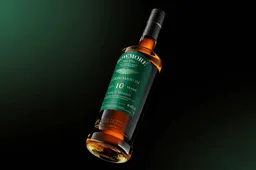
Why Aston Martin Is Suddenly Easing Off the Whisky and Betting Big on Tom Holland
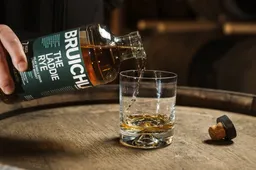
Bruichladdich debuts a new rye whisky, but you won’t find it everywhere
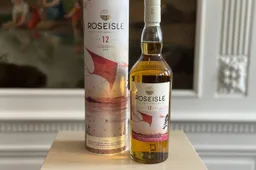
Diageo pauses malt production at a major whisky distillery
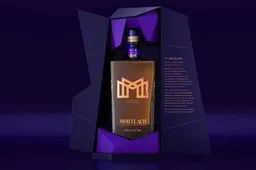
The Beast of Dufftown Unleashes a New Whisky Series Bursting With Bold Flavor

The 10 Best Whiskies for Beginners to Buy
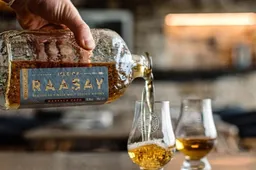
These are the Best Whiskies of 2026, According to the World Whiskies Awards
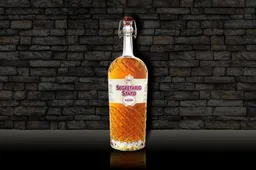
The 7 Best Whiskies from Northern Italy, All in One Place
LATEST COMMENTS
- Hi Yvonne, Thank you for your response and for sharing the video. Unfortunately, the evidence you referred to consists only of two people talking about the whisky, without any explanation or identification. We have not spoken to the individuals in the video ourselves, nor can we verify who they are. We describe it as a Chinese whisky because it is released by a Chinese distillery. As you mentioned, the distillery has chosen to label the product as “pure malt” instead of “Chinese whisky.” Based on that, we do not believe they are doing anything illegal.M0nkey16-11-2025
- So - you have the proof......where's your write up?Yvonne16-11-2025
- You are absolutely right. Luckily that doesn't matter for the taste of the whisky. Have you tried it yet?M0nkey05-11-2025
- Guess what? Finland is not part of Scandinavia.Gray105-11-2025
- Throw in the towel? You mean restructure to compete and win in a challenging industry environment.WestwardFounder21-10-2025
- There is nothing legally to prevent the English whisky GI from coming into force, it complies with all the relevant laws and the single malt definition follows the precedent of Welsh whisky and US whiskyChefBear15-10-2025
- Three emails sent (two with videos, linked to a Google Drive Share). 1. The original video. 2. The video with subtitles as it was shared on YouTube 3. Screen grab of the YouTube channel where the video was blocked due to Pernod Ricard lobbying. The story was covered on Drinks Intel at the time - link here - https://drinks-intel.com/subscriber-news/pernod-ricards-the-chuan-pure-malt-whisky-not-sourced-solely-from-china-global-drinks-intel-exclusive/Yvonne10-10-2025
- Hi Yvonne, Thank you for your interesting comment. Could you share your copy with us, so we can adjust our item accordingly? Mail us at [email protected]. Thank you in advance.M0nkey09-10-2025
- Let's keep this factually correct. Pernod Ricard DID NOT release a Chinese whisky. Their first output from The Chuan (the name of the distillery in Sichuan, China) wasn't fit for bottling. What they actually bottled was imported Scotch whisky. This is why the product is called "PURE MALT" and not "Chinese Whisky" - because Pure Malt is not a regulated term - this is not a secret. This was exposed about a week after they released it. There were even videos about their own staff on site admitting it was made from imported whisky - which Pernod Ricard got the lawyers onto to get the video pulled. I've got a copy if you want it.Yvonne09-10-2025
Loading
